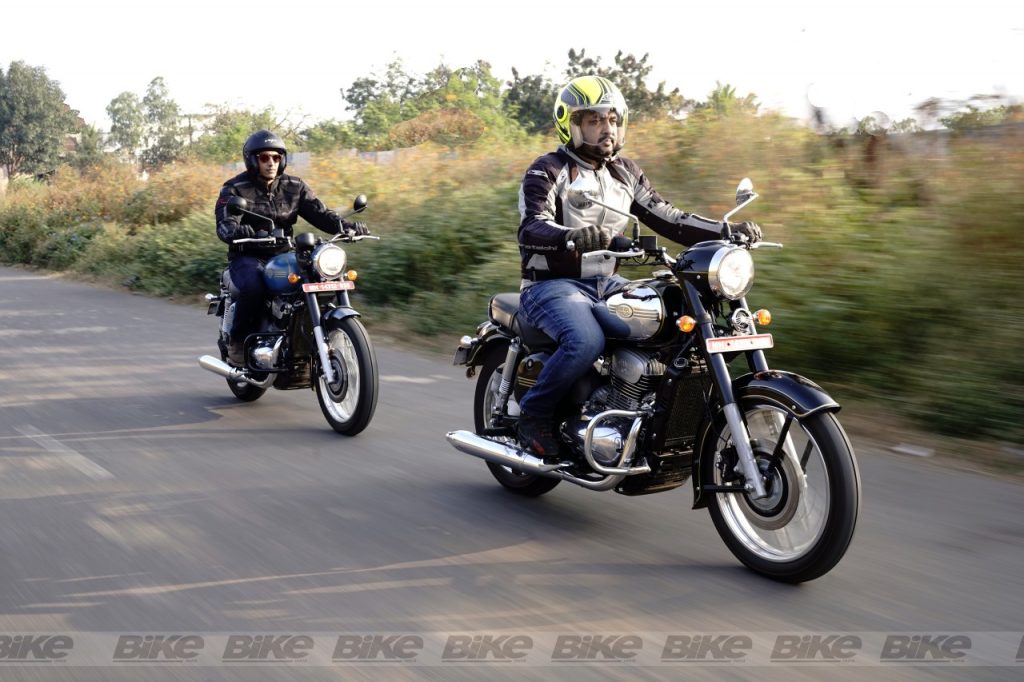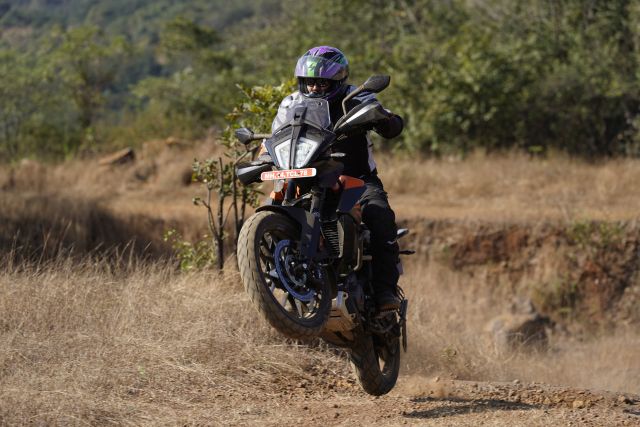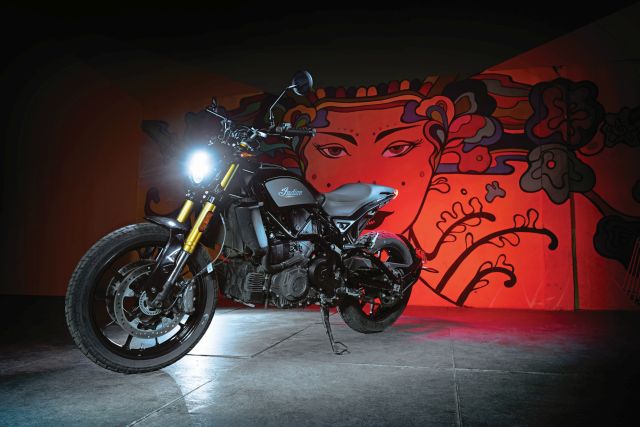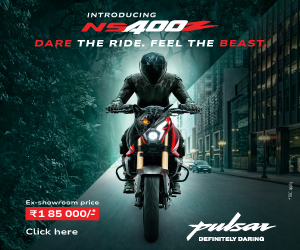We’ve waited exactly for a year to get our hands on the Classic Legends Jawa for a road test. Has the wait been worth it?

New Bike First Impression
Triumph Tiger 900 GT Pro and Rally Pro First Ride Review: A Comprehensive Update
KTM 390 Adventure First Ride Review: The Austrian for India

Good roads, bad roads or no roads, the KTM 390 Adventure is up to the task.
[Read more…] about KTM 390 Adventure First Ride Review: The Austrian for India
Indian FTR 1200 S First Ride Review: My Kind of American Muscle

With the introduction of the Indian FTR 1200 S, the American manufacturer has stepped beyond cruiser and touring motorcycles. Here’s what we think after spending some time with their first roadster.
[Read more…] about Indian FTR 1200 S First Ride Review: My Kind of American Muscle
Triumph Speed Twin India First Ride Review
Don’t be taken in by the docile old-school appearance, for the Triumph Speed Twin comes packed with enough ammo to satisfy your need for speed.
[Read more…] about Triumph Speed Twin India First Ride Review


